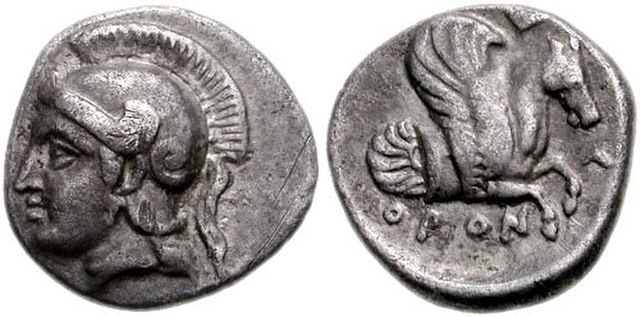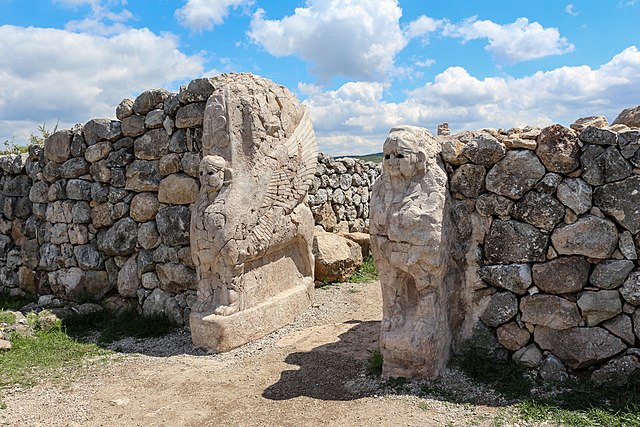Mysia was a region in the northwest of ancient Asia Minor. It was located on the south coast of the Sea of Marmara. It was bounded by Bithynia on the east, Phrygia on the southeast, Lydia on the south, Aeolis on the southwest, Troad on the west, and the Propontis on the north. In ancient times it was inhabited by the Mysians, Phrygians, Aeolian Greeks and other groups.
Acropolis of Pergamon
Coin of Kyzikos, Mysia. Circa 550–500 BC
Coin of Mysia, 4th century BC
Coin of Orontes as Satrap of Mysia, Adramyteion – c. 357–352 BC
Anatolia, also known as Asia Minor, is a large peninsula located in West Asia and a region of Turkey, constituting most of its contemporary territory. Geographically, the Anatolian region is bounded by the Mediterranean Sea to the south, the Aegean Sea to the west, the Turkish Straits to the north-west, and the Black Sea to the north. The eastern and southeastern boundary is either the southeastern and eastern borders of Turkey, or an imprecise line from the Gulf of Iskenderun to the Black Sea. Topographically, the Sea of Marmara connects the Black Sea with the Aegean Sea through the Bosporus strait and the Dardanelles strait, and separates Anatolia from Thrace in the Balkan peninsula of Southeastern Europe.
The henges in Göbekli Tepe were erected as far back as 9600 BC.
The Sphinx Gate in Hattusa
The Theatre at Halicarnassus (modern Bodrum) was built in the 4th century BC by Mausolus, the Persian satrap (governor) of Caria. The Mausoleum at Halicarnassus was one of the Seven Wonders of the Ancient World.
The Library of Celsus in Ephesus was built by the Romans in 114–117. The Temple of Artemis in Ephesus, built by king Croesus of Lydia in the 6th century BC, was one of the Seven Wonders of the Ancient World.








